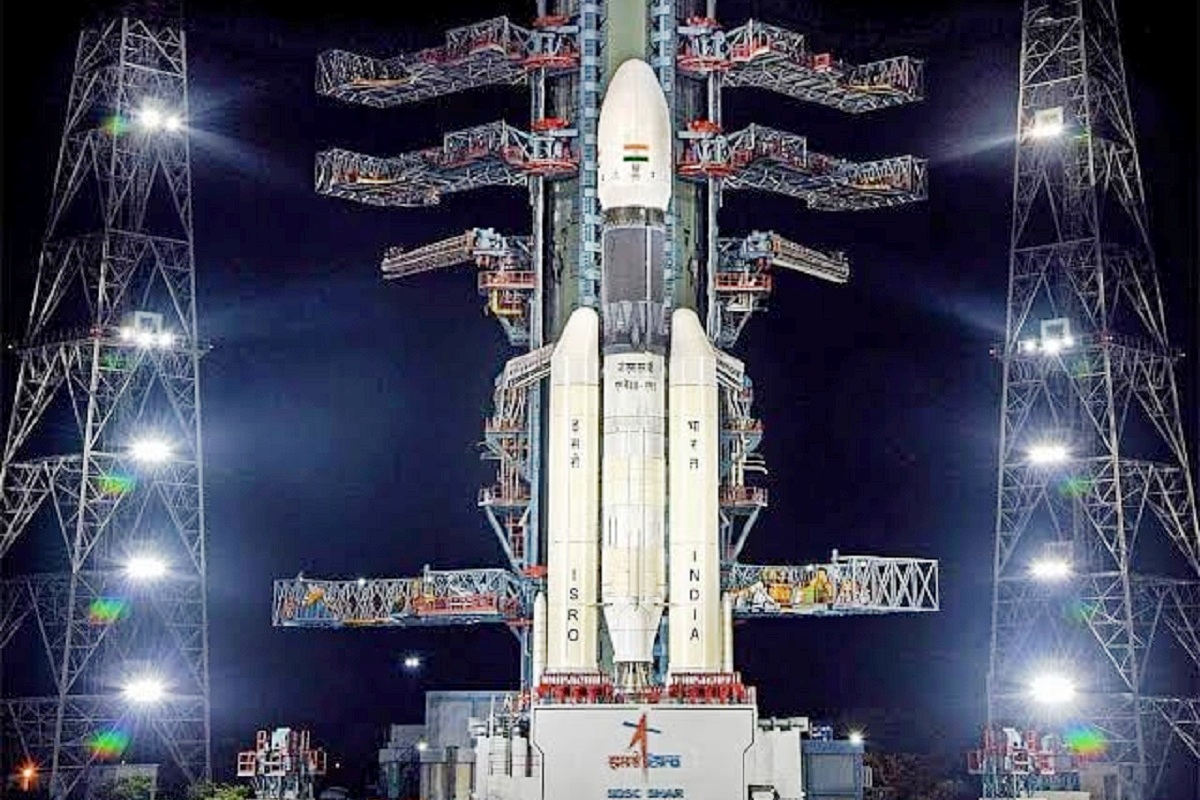A week after its flawless launch from Sriharikota, Chandrayaan-3 has finished its orbit of the earth and is on its way to the moon for the mission’s next stage, according to a late-night statement from the Indian Space Research Organization (ISRO). “Next stop: the Moon,” ISRO tweeted on Tuesday morning.
After finishing its rotations around the Earth, Chandrayaan-3 has now turned toward the Moon. ISRO successfully injected the spacecraft into a translunar orbit using a perigee-firing at ISTRAC. Moon is the next station. After the spacecraft was successfully inserted into the translunar orbit, ISRO tweeted that the Lunar-Orbit Insertion (LOI) is scheduled for August 5, 2023, when it will reach the moon. Chandrayaan-3 would attempt soft landing on the lunar surface on August 23. Indian Space Research Organisation (ISRO) has said.
Advertisement
The lunar injection took place on Monday between 12 and 12.30 am, according to officials.
According to ISRO officials, the Chandryaan-3 mission is proceeding according to plan, and the spacecraft’s health is at this time normal.
Chandrayaan-3, India’s third lunar mission, was successfully launched into orbit by ISRO on board Launch Vehicle Mark-3, formerly known as the Geosynchronous Satellite Launch Vehicle (GSLV) Mk-III, on July 14 afternoon at Sriharikota, Orissa.
After a 40-day journey, the spacecraft is anticipated to touch down softly near the lunar south pole, making India the fourth nation and the first one to do so.
The orbit of the spacecraft was gradually raised by five times following the July 14 launch of the Chandrayaan-3 mission to the Moon.
In order to demonstrate end-to-end capability in safe landing and wandering on the lunar surface, Chandrayaan-3 is a follow-up mission to Chandrayaan-2. It consists of a Lander and Rover.
The lander and rover configuration will be propelled by the propulsion module up to a 100 km lunar orbit. To examine the spectral and Polarimetric data of Earth from the lunar orbit, the propulsion module is equipped with the Spectro-Polarimetry of Habitable Planet Earth (SHAPE) payload.











